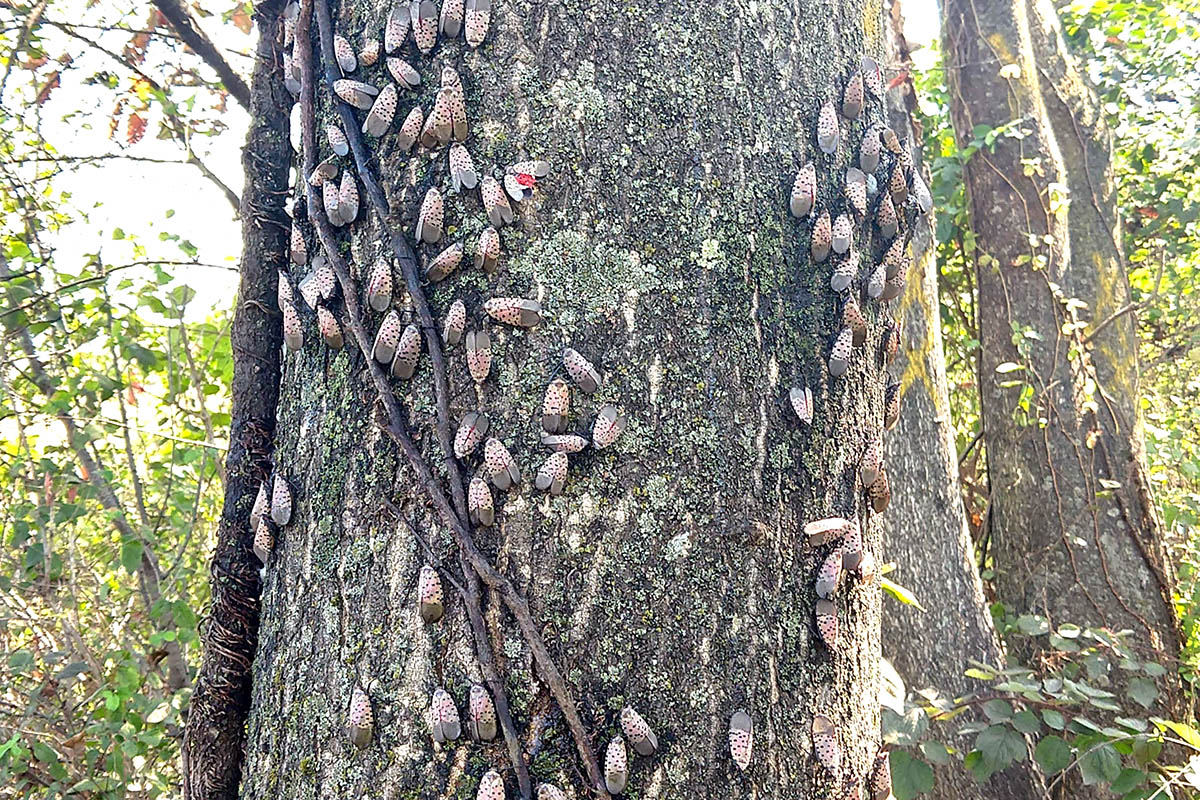Do you have mysterious tunnels running through your lawn or flowerbeds? If so, a mole has likely invaded your yard, and you are not alone.
University of Georgia Cooperative Extension agents receive several calls this time of year from home owners whose lawns have been taken over by these small, burrowing rodents.
The eastern mole, with its pointed snout, small eyes and ears, short tail and rounded front paws, is the species most often found burrowing through Georgians' grass and flowers.
They live underground and rarely leave the safety of their burrows and are most active in the early morning or late evening hours. Despite their reclusive nature, you can recognize their presence by the ridges and tunnels they make in the soil.
The number of tunnels in your lawn is no indication of the number of moles you have. One mole can construct many tunnels and runways. The mole builds the majority of these tunnels in search of food and only uses a few on a regular basis.
Contrary to popular belief, moles do not feed on the roots of grass or flowers. They prefer to feed on insects, earthworms and grubs.
However, their tunnels can cause the plant roots to dry out, which causes the plant to dry out and die. When the weather and soil are dry, tunnels created by moles can cause more damage than when water is plentiful.
Generations of gardeners have invented different home remedies to control moles, but the results are inconsistent and generally ineffective. Commonly recommended mole repellants, like pickle juice, bubble gum, red pepper, bleach, mothballs, human hair, windmills, ultrasonic devices and castor oil, will do little to repel moles.
There are a few strategies, however, that have been proven to control moles.
First, you should get rid of their food source by treating for grubs or mole crickets. You also can try applying a poison gel-worm bait to try to kill the rodents. If that’s not successful, try trapping the moles.
The key is to identify the active tunnels before you set the trap or apply the gel worms. Insecticides, poisoned gel worms and traps are available at most home and garden centers.
If those tactics fail, you can always turn to your four-legged housemates. Family dogs and cats will be happy to help evict problem moles.
For additional information on controlling moles and other wildlife in your landscape, search “wildlife” on the University of Georgia College of Agricultural and Environmental Sciences publication website at www.caes.uga.edu/publications.






